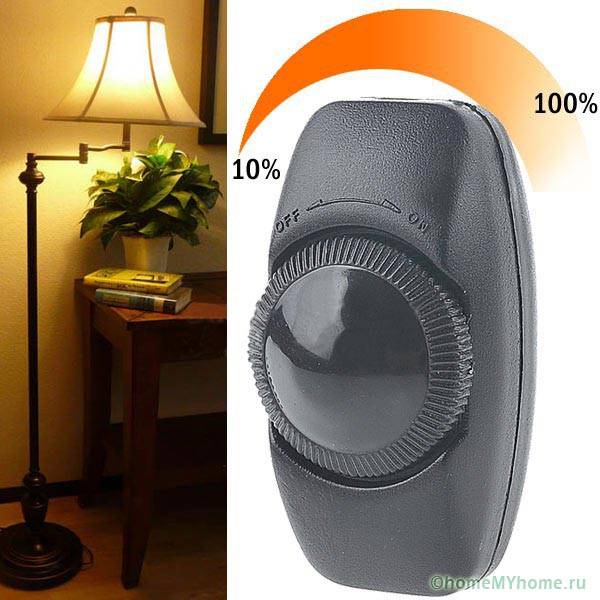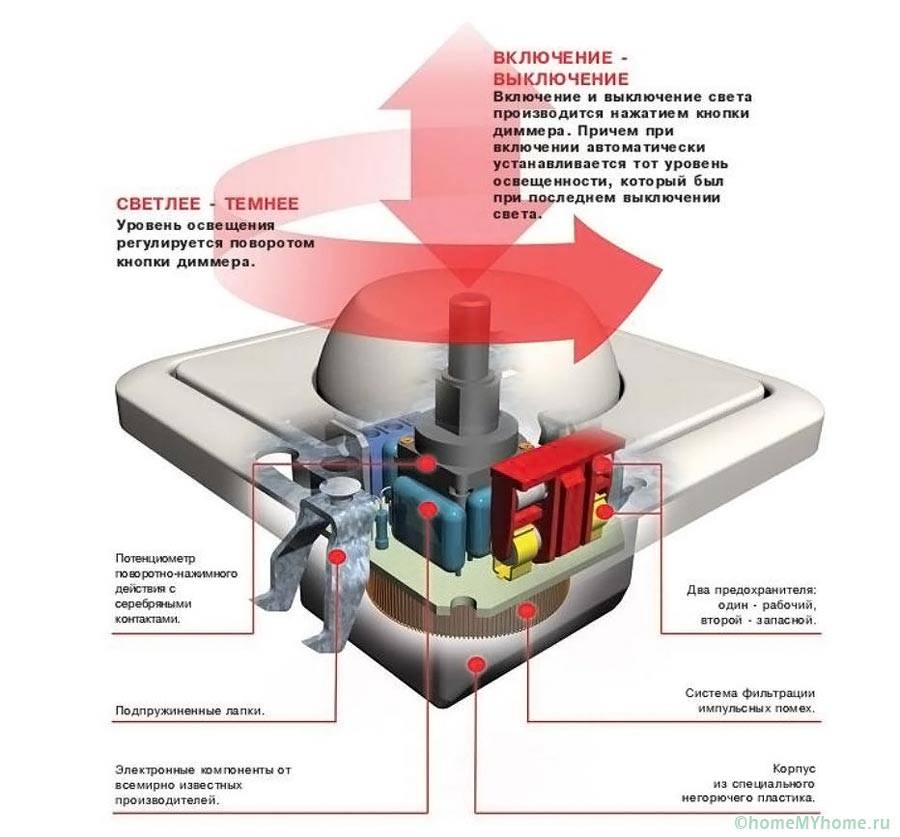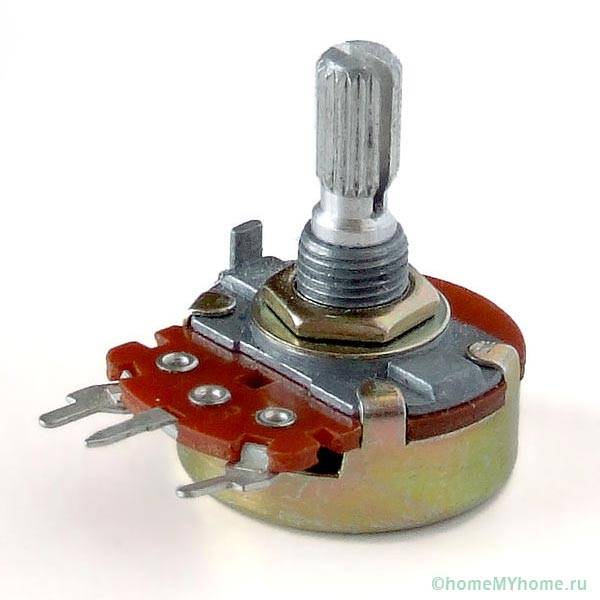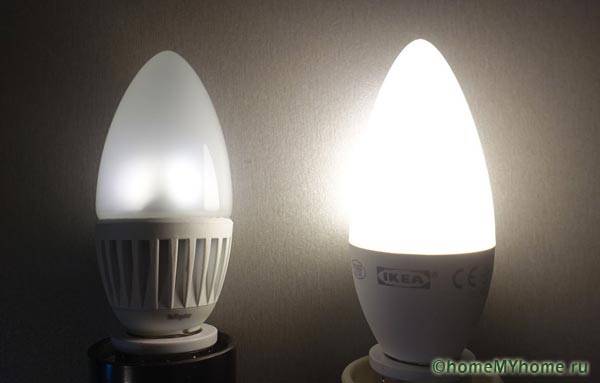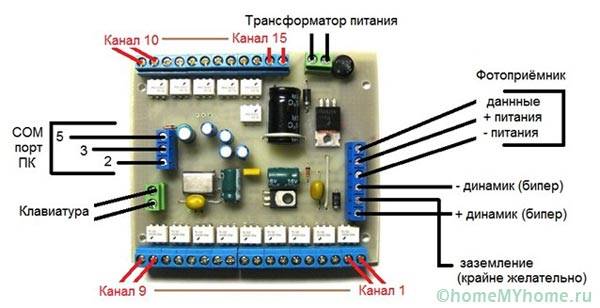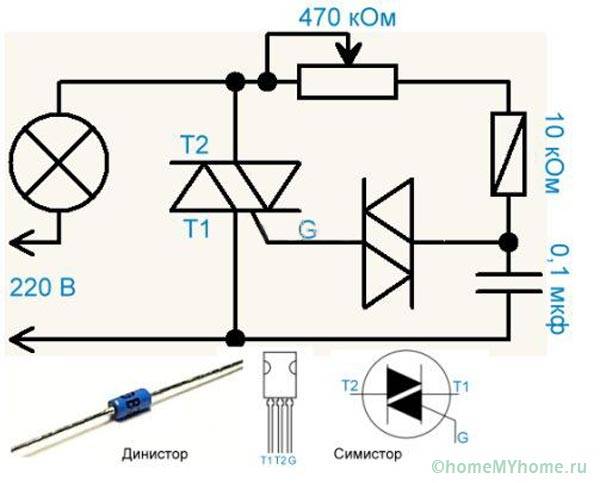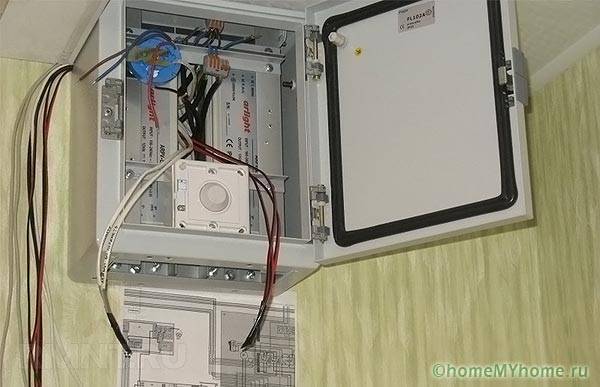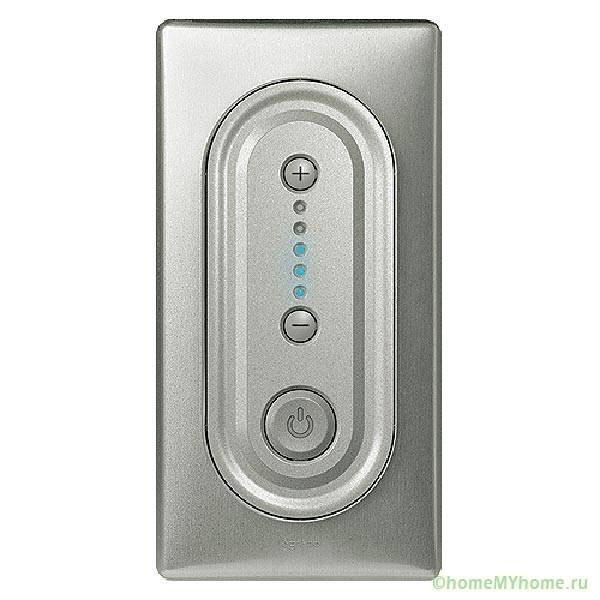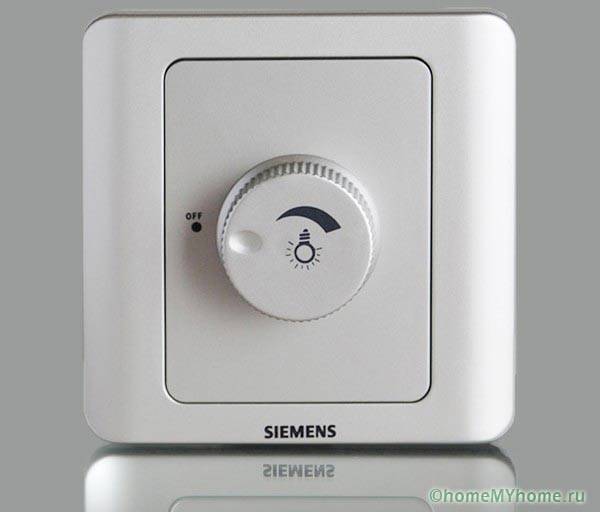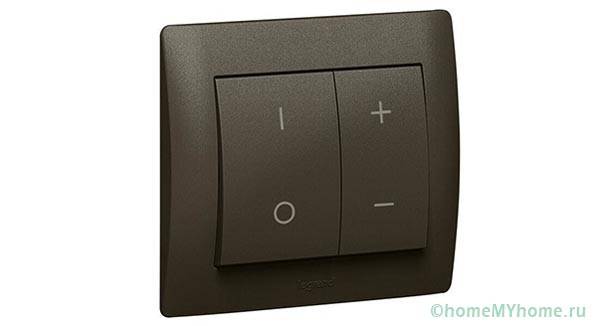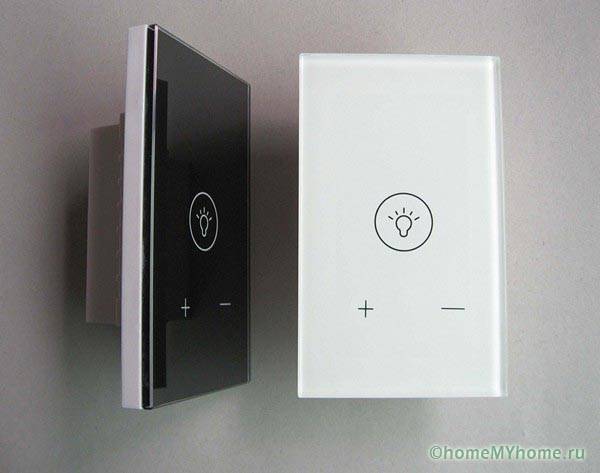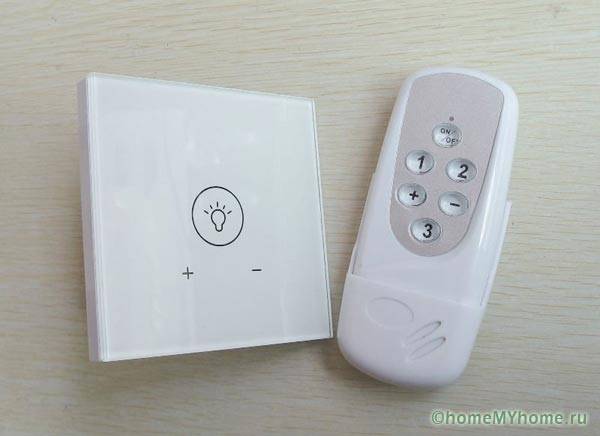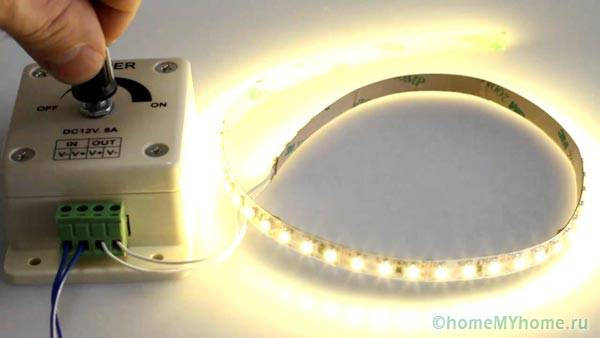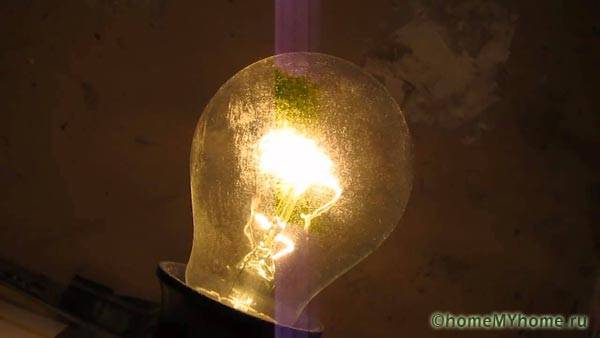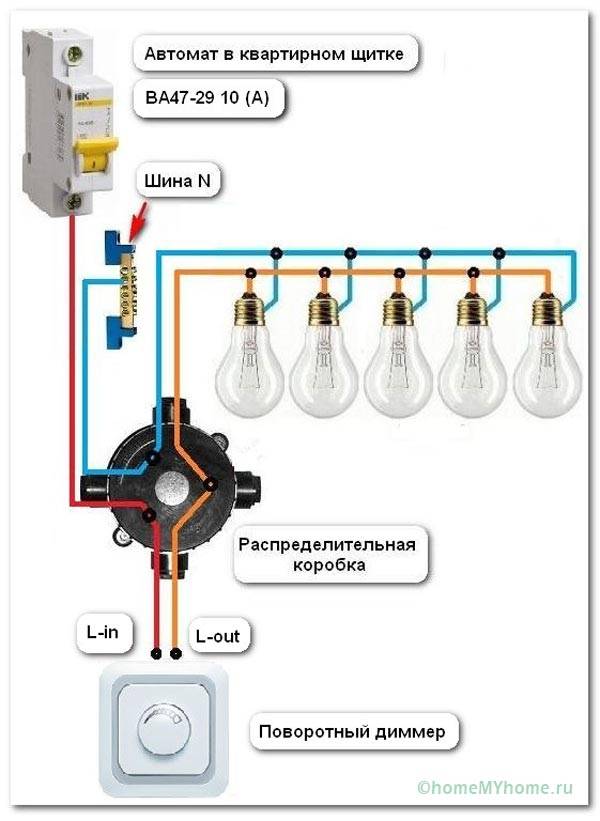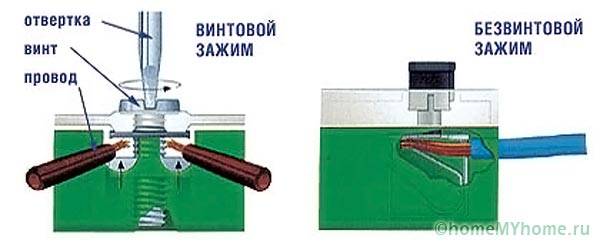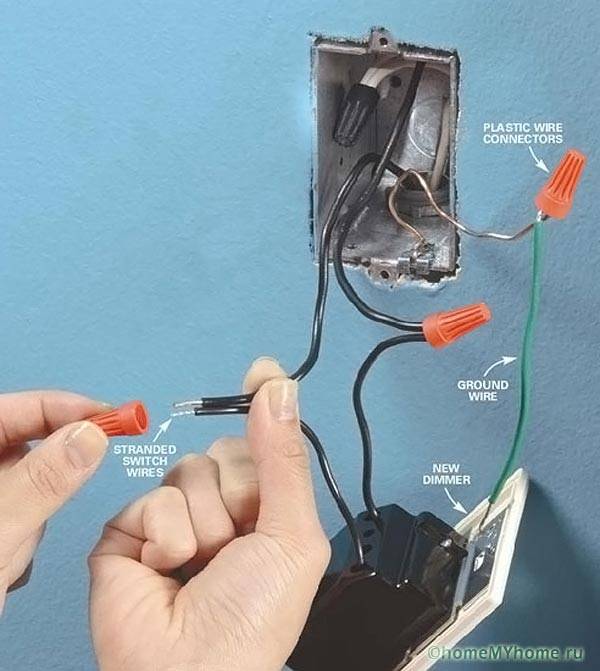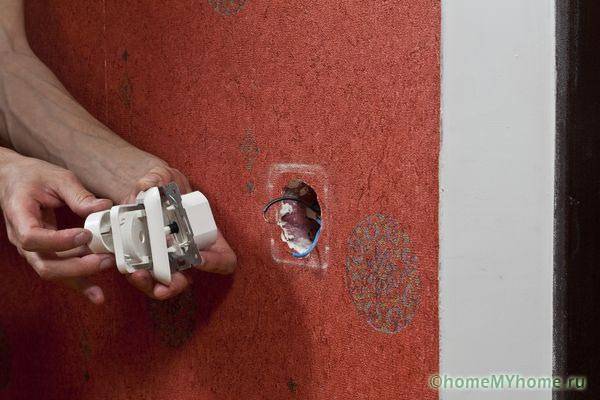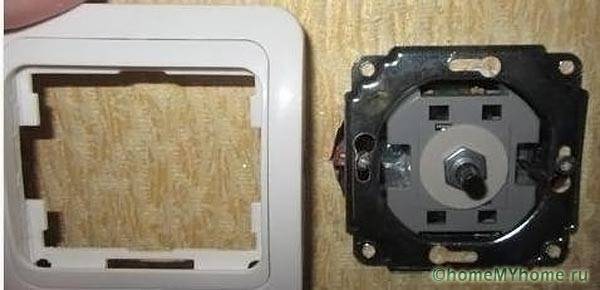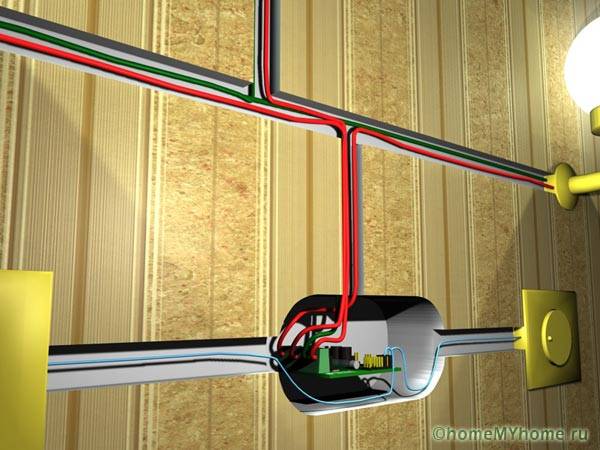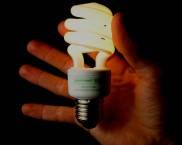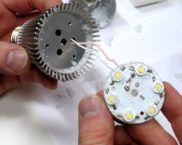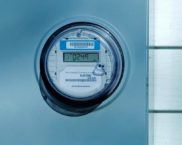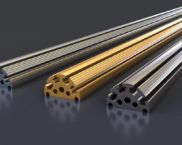Dimmer switch: light that can be controlled
BA few years ago, people complained about the high level of power consumption by a rheostat, which controlled the illumination in country houses. Even the least powerful bulbs consumed a lot of energy, since most of it was spent on heating the rheostat. But there was such a thing as a switch with a dimmer, or, in the language of experts, a dimmer. What is this thing and what is the principle of its action? To answer this question, you need to consider dimmers in more detail.
The content of the article
Video: recommendations for choosing a dimmer
What is an adjustable switch
A dimmer is an installation that is made like a rheostat to smoothly change the voltage in the range from 0 to 220 W. The switch also became the closing link of the chain.
The dimmer design includes a measured control of the switch resistance, which is actuated by a rotary cam, an electronic device in the form of a remote control or a motion sensor, or a sensor mechanism.
In fact, a dimmer is considered to be a switch that regulates lighting by discarding "excess electricity". It is very similar to a rheostat, only more comfortable to use.
However, such products cannot be used for all types of bulbs. Energy-saving and halogen lamps, in principle, are not suitable for them, since such lamps, most often, require exactly 220 volts. And here are the switches with a dimmer for LED lamps Is quite a common thing.
Principle of operation
Most of the dimmers have identical schemes for adjusting the brightness of the light bulbs. The only difference is if there is any additional detail to create the smoothness and stability of the lower limits.
The capacitor is charged through a variable resistor, and when it reaches a certain mark, the triac opens and the lamp starts to burn. The triac closes. The same process is going on in the negative half-wave.
Dimmer variations
All adjustable devices are subdivided into types depending on the design and scope of application.
Modular
Most often placed in distribution boards and are controlled by a key or button. Such instances are used for lighting corridors and stairwells.
Monoblock
This type is installed in a simple socket box and connected as ordinary switches... They, in turn, are divided into:
- Push-on;
- Swivel;
- Keyboards;
- Sensory;
- With control panel.
Dimmers for installation in a back box are most often designed for halogen and incandescent lamps. They can be controlled using a specialized remote button.
There is a division of switches according to the types of lamps for which they are used to adjust the light:
- For halogen and incandescent lamps;
- For halogen low voltage lamps;
- For fluorescent bulbs;
- For LEDs.
Related article:
LED lamp for indoor lighting. What are these devices and why are they gaining such popularity? Read more in a special publication.
Pros and cons
Among the advantages of dimmers are aspects such as:
- The ability to adjust the brightness of the lamps;
- You can set up a timer with which the brightness will change automatically;
- Remote control;
- Longer lamp life;
- Application as a conventional switch;
- You can create blinking and beautiful backlit pictures;
- Energy saving.
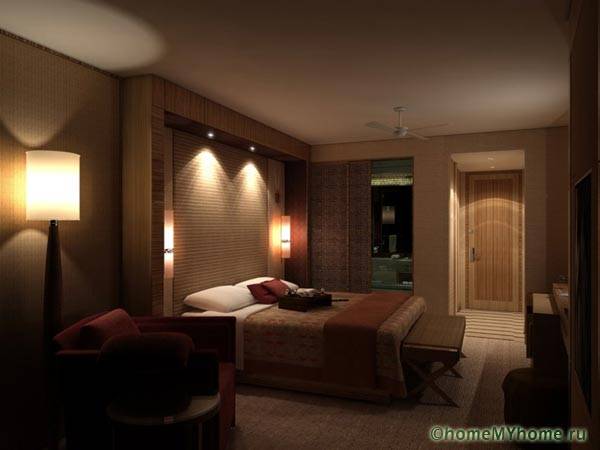
Using the regulator, you can set the timer and set the desired brightness at different times of the day
However, there are also disadvantages here. For example:
- Not all types of dimmers can save electricity;
- Interference is created for devices that receive radio signals;
- Small loads lead to breakage of dimmers;
- A variety of interference can interfere with regulators;
- Flickering and blinking of lamps can be observed during the operation of dimmers.
Related article:
Why does the light blink when the switch is off? In a separate publication, you can learn about the causes of this phenomenon and how to fix the problem.
Installation of adjustable switches
How to connect a switch with a dimmer in a country house? Very easy. The dimensions of the dimmer do not differ from the dimensions of an ordinary switch, therefore, it is also mounted using specialized paws in the break of the lighting circuit. The main thing here is to watch the polarity.
Instead of just a switch, the dimmer is installed after dismantling the old one. In order to do this, it is necessary to turn off the mains voltage and it is advisable to make sure that it is turned off by the indicator. Then it is necessary to remove the switch frame, unscrew the screws of the mounting lugs. By loosening the screws and on the terminals, it will be possible to detach the switch from the wires.
Next, you should install the dimmer by completing all the above steps, starting from the end, that is, by connecting the regulator to the wires.
We install the dimmer in the socket and fix it with screws.
We mount all decorative elements of the device.
Sometimes there are cases when it is necessary to adjust the brightness in several places. In this case, you will need two or more dimmers and the installation of additional socket outlets with cable routing.
Video: installing a dimmer
Site Selection Guidelines
Although adjustable switches are extremely convenient for everyday use, it is best not to use them in the following types of premises:
- Where there are always a lot of people. A large number of people, in principle, will not give the opportunity to adjust the brightness of the light.
- Where there is no certainty in places installation of lamps.
Conclusion
Thus, a dimmer is an extremely useful thing for lighting and saving. electricity... But to install it in your country house or not, depends only on you, since its advantages and disadvantages are perceived by everyone in different ways.
Video: connecting a dimmer with your own hands




